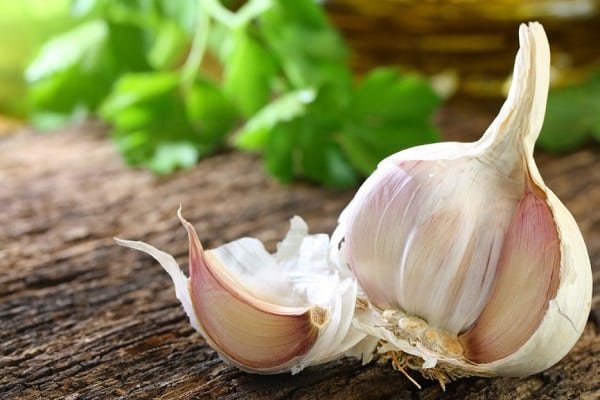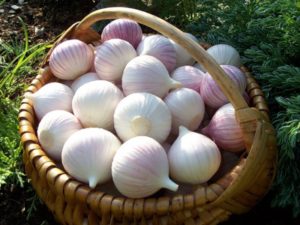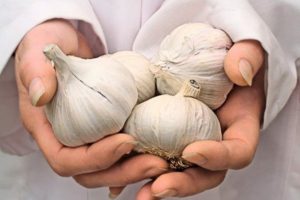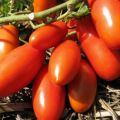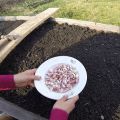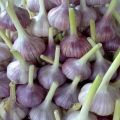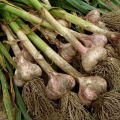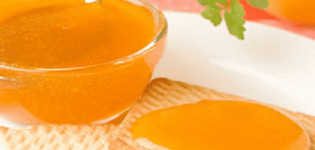Description of the Gulliver garlic variety, features of cultivation and care
Gulliver's garlic, which was bred in Russia, is in no way inferior in taste to the Dutch varieties, adapted to different climatic conditions. Garlic destroys germs and viruses, prevents blood clots from forming, lowers blood pressure. This aromatic product is used for cooking, canning vegetables, and treating colds. Young leaves are added to salads.
It takes a long time to peel a small bulb, which is why gardeners tend to grow varieties of garlic with large heads.
Description of the variety
Gulliver's yield characteristics, the ability to plant him both in winter and in spring, attracted not only owners of small plots, but also farmers. The leaves of this variety are dark green, grow up to 60 cm in length, up to 7 in width, and up to 12 on one bush. The garlic ripens 3 months after the sprouts emerge.
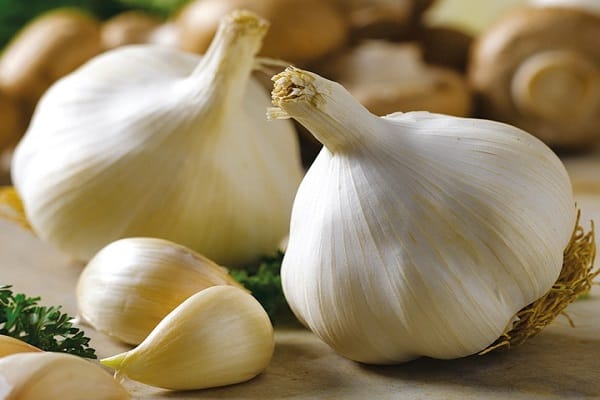
The head has:
- rounded shape;
- purple scales;
- weighing up to 230 grams;
- spicy taste.
In one onion, up to 7 cloves are formed, covered with a white shell. The dense pulp contains over 23% amino acids, contains a vitamin C.
Gulliver's advantages include stability:
- to fusarium;
- powdery mildew;
- black rot.

A little less than a kilogram of bulbs is harvested from a square meter. If this variety of garlic is dug out on time, it does not lose its properties, does not dry out and does not rot within 8 months.
Growing features
Gulliver is more often planted in small beds than in fields, cultivated on loose soils. It does not tolerate high acidity, it dies with stagnant groundwater. If you read the reviews and description of the variety, you can understand that the bulbs will weigh up to 300 g, will give a high yield when planted not in spring, but in autumn two or three weeks before frost appears.
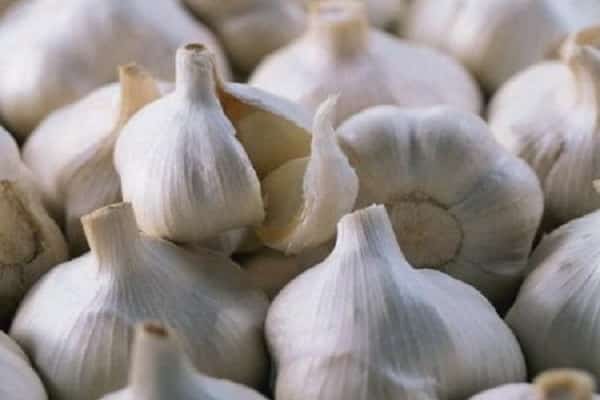
The garden for Gulliver needs to be broken up on an area illuminated by the sun all day, where they were grown last season:
- cabbage and cucumbers;
- beans and beans;
- potatoes and tomatoes.
Garlic starts up arrows, multiplies by children and cloves, which are stratified and soaked in a solution of potassium permanganate.
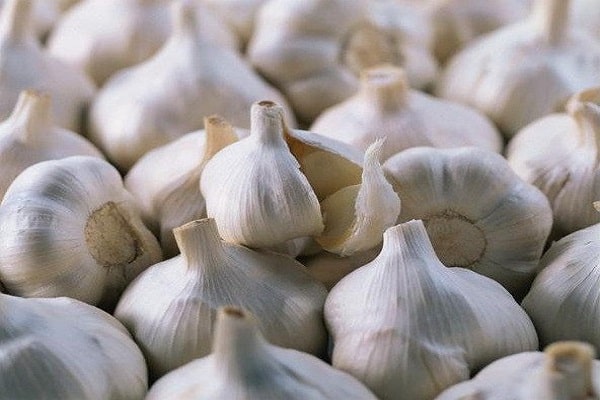
Furrows are made in the ground before Gulliver's planting. Wood ash is poured into them, in which there are trace elements that increase the yield of the crop:
- calcium and potassium;
- magnesium and phosphorus;
- copper and iron.
Garlic is placed at a distance of 15 cm to a depth of 10 cm. The beds are covered with hay, sawdust, compost, branches, dry leaves.

Variety care
In spring, shoots appear on the surface of the earth. After their occurrence, you need to start loosening the soil, otherwise a crust will form, which prevents air from entering the soil.Having finished such work, the earth is mulched with peat or humus.
Water the winter garlic start in May. In hot weather, this is done twice a week. A bucket of water is enough per square meter. During the rain, 20 days before digging out the heads, humidification is stopped.
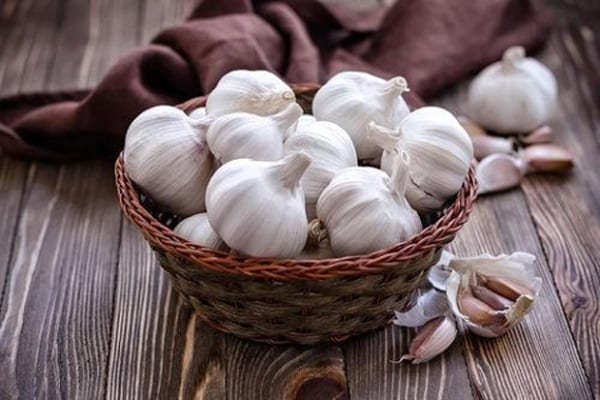
For the first feeding, a urea solution is used. The second time the culture is fertilized with nitroammophos. When the bulbs are forming, garlic needs the most magnesium, calcium and phosphorus. Such trace elements are present in superphosphate, 2 tablespoons of it dissolves in a bucket of water. Enough such funds for 3 square meters. m of land.
To prevent pests:
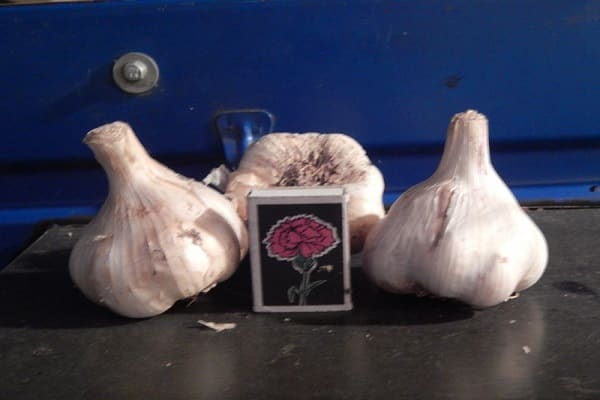
- After harvesting, feathers and tops are burned.
- Dry the heads before storage.
- Before planting, the cloves are hardened and processed.
With a nematode, onion mothWeevil Fight By Spraying Garlic With Insecticides. Pirimor helps well against aphids; Karbofos is used to destroy caterpillars.

When to dig up?
Harvesting garlic planted in winter begins in July. In the southern regions, Gulliver ripens in the middle of the month, in the central regions of the country a week or two later. So that the heads do not dry out, do not lose their useful properties, they need to be dug out, focusing on some signs:
- The denticles are well separated.
- The lower leaves have acquired a yellow color.
- The boxes located on the arrows are cracking.
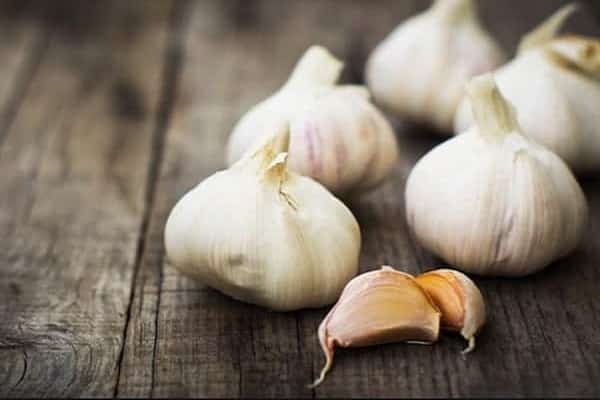
It is better to harvest garlic a couple of days earlier. Overripe bulbs crumble, poorly stored.
The Gulliver variety has been grown by many vegetable growers for more than one year. For planting, not only cloves are used, but also seeds, from which large heads are obtained for the next season.
In order for the Gulliver garlic to reward a good harvest, it is necessary to follow the rules of agricultural technology, feed and loosen the soil, do not forget about watering in dry and hot weather.
